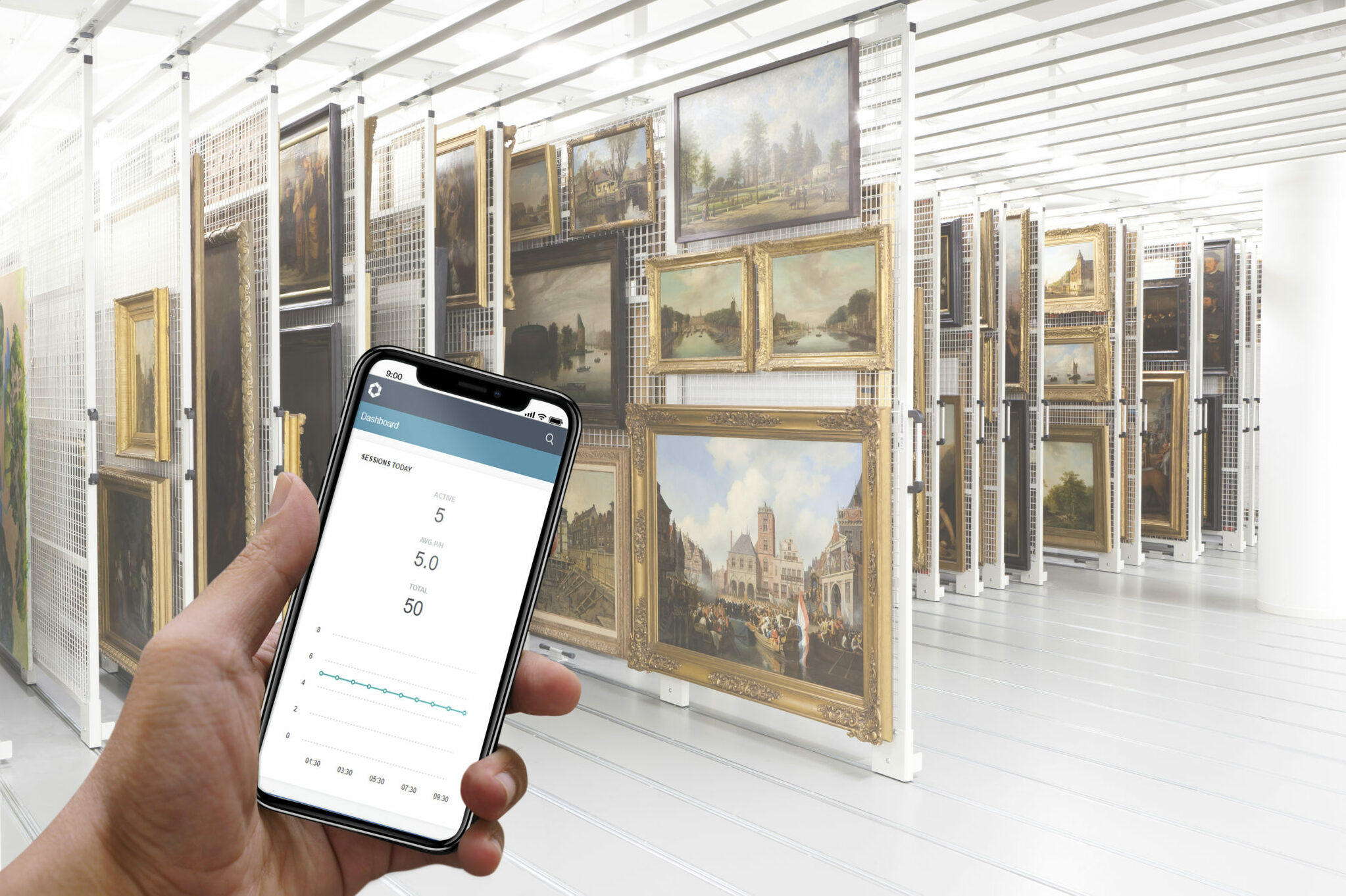The COVID-19 pandemic has affected every aspect of daily life, including the human need to connect to collections held at museums and galleries. The timing of the pandemic has been particularly damaging for Scotland’s 409 museums and galleries since their online infrastructures are largely ill-equipped to serve as the lone source of access for consumers. A clearer understanding of digital user context and access behaviours can help cultural institutions create inclusive representations of national collections to increase access and satisfaction. This project will therefore undertake a longitudinal study of the digital footprints of users in two national collections – National Museums Scotland and National Galleries of Scotland – over a 12-month period to investigate:
- how people engaged with heritage collections during the lockdown period, as well as post-lockdown when measures eased off;
- whether the lockdown changed digital access patterns;
- which collections/objects drew more users; and
- where users are accessing these e.g. through the institutions’ websites, or through external platforms like Google Arts and Culture, YouTube, Facebook etc.
The project will lead to a short-term impact by informing: (a) future policy decisions on the most effective digital platforms for national collections, which is important due to the resources involved in digitising collection data; and (b) how the knowledge of online access patterns can be used to design search pathways that lead to an ontology-based approach to linking collections, combining the user search terms and semantics-based representations of the items accessed. This can make a long-term contribution to heritage collection data standards, particularly what data is recorded at object level, something similar to what CETAF is achieving for natural history specimens. Currently, all accredited museums and galleries utilise the UK Spectrum cataloguing standards to add basic data such as the owner/maker, title, date created etc., with additional content such as captions, descriptions and subject tags being added by curational teams. Thus, the published online content represents the official/curatorial views, as opposed to the end users, meaning their needs may not be met.
The project was funded by UKRI / AHRC’s “Towards a National Collection” program and began in April 2021, running for 12 months.
